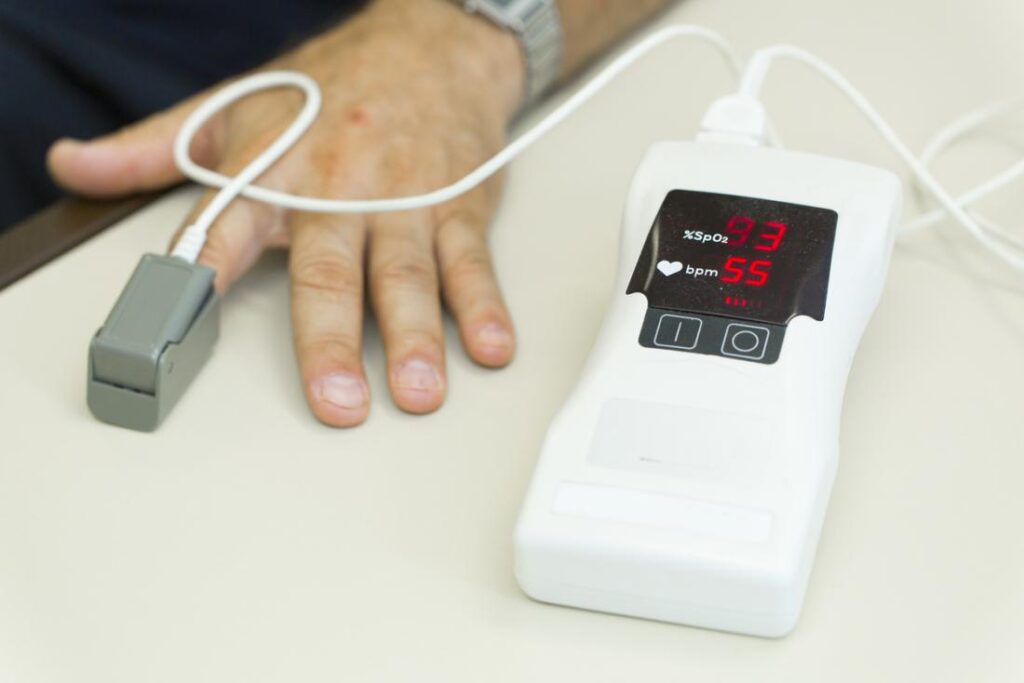How to check oxygen level of your body at home? Complete procedure and gadgets.

The shortage of oxygen cylinders during the crucial COVID times left everyone in dilemma.
Everyone is concerned about his/her health and their family.
Here is the complete process by which you can easily measure oxygen level in your body.
Overview.
Pulse oximetry is a noninvasive and painless test that measures your oxygen saturation level, or the oxygen levels in your blood.
It can rapidly detect even small changes in how efficiently oxygen is being carried to the extremities furthest from the heart, including the legs and the arms.
The pulse oximeter is a small, clip-like device that attaches to a body part, like toes or an earlobe.
It’s most commonly put on a finger, and it’s often used in a critical care setting like emergency rooms or hospitals. Some doctors, such as pulmonologists, may use it in office.
The purpose of pulse oximetry is to check how well your heart is pumping oxygen through your body.
It may be used to monitor the health of individuals with any type of condition that can affect blood oxygen levels, especially while they’re in the hospital.
These conditions include:
Chronic Obstructive Pulmonary Disease (COPD)
Asthma
Pneumonia
lung cancer
Anaemia
Heart attack or heart failure
Conginental heart defects
There are a number of different common use cases for pulse oximetry, including-
To assess how well a new lung medication is working
To evaluate whether someone needs help breathing
To evaluate how helpful a ventilator is monitor oxygen levels during or after surgical procedures that require sedation
To determine how effective supplemental oxygen therapy is, especially when treatment is new.
To assess someone’s ability to tolerate increased physical activity
To evaluate whether someone momentarily stops breathing while sleeping — like in cases of sleep apnea — during a sleep study
How it works?
During a pulse oximetry reading, a small clamp-like device is placed on a finger, earlobe, or toe.
Small beams of light pass through the blood in the finger, measuring the amount of oxygen. It does this by measuring changes of light absorption in oxygenated or deoxygenated blood. This is a painless process.
The pulse oximeter will thus be able to tell you your oxygen saturation levels along with your heart rate.
Also read – Britain to host summit to prevent future pandemics.



